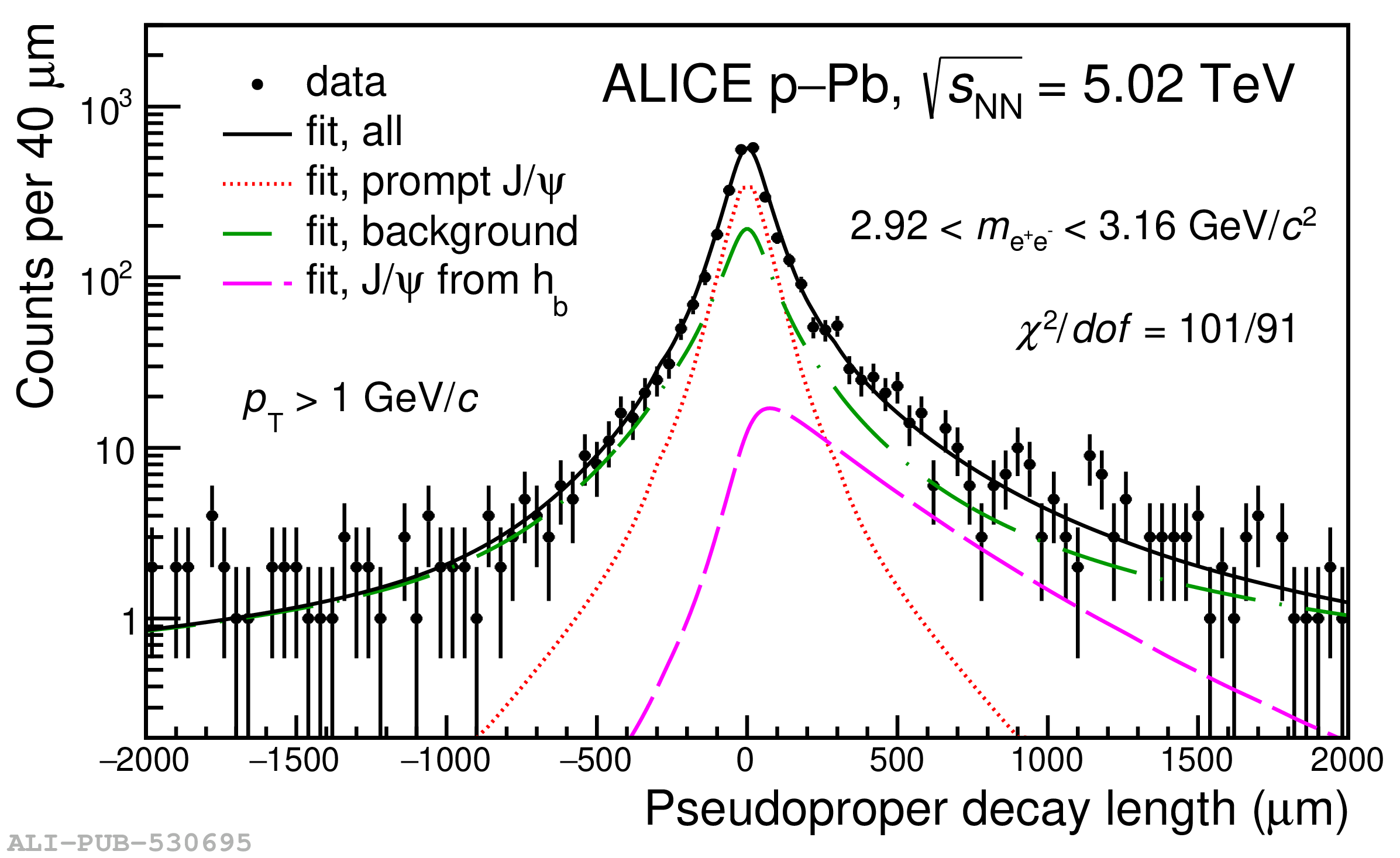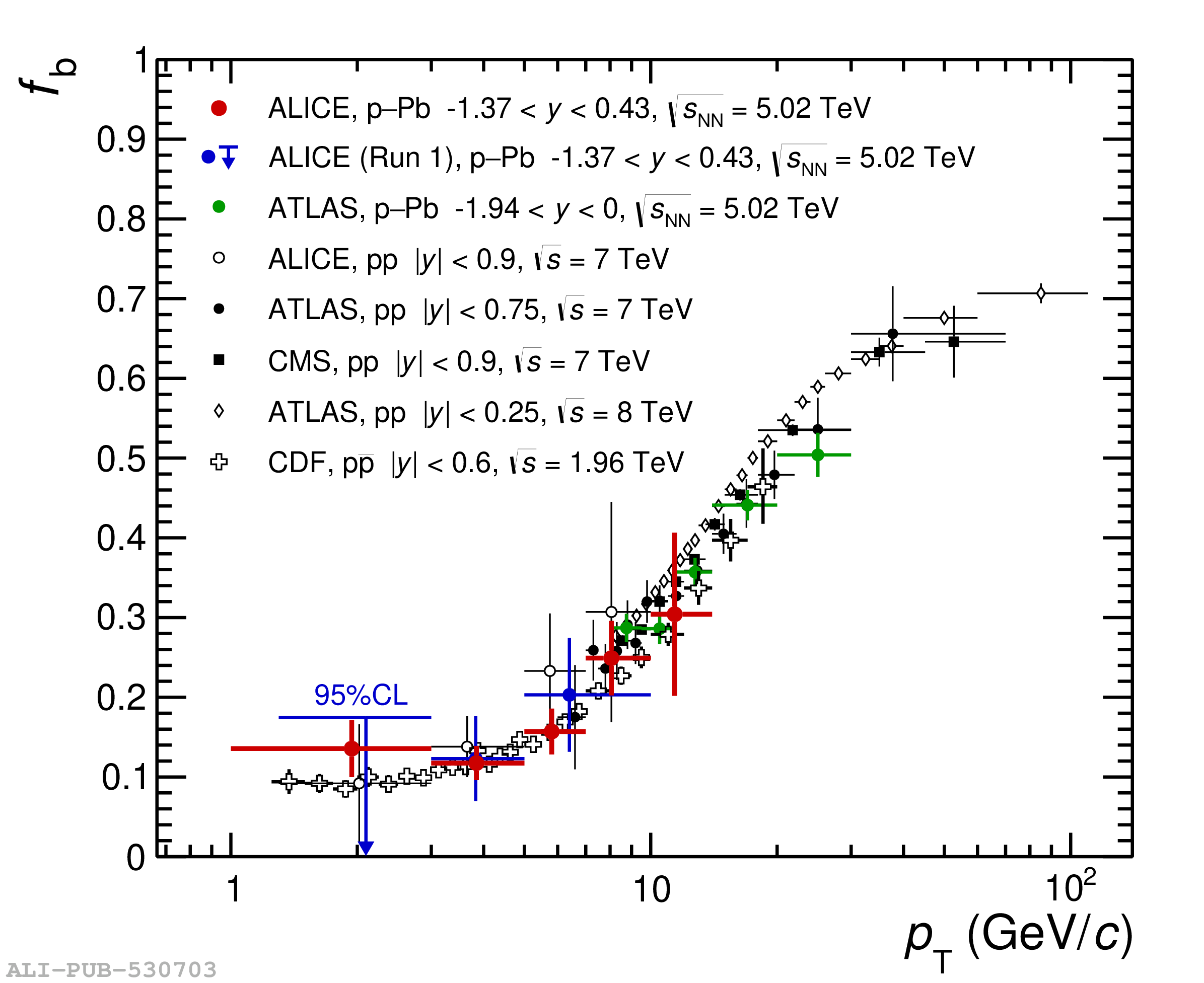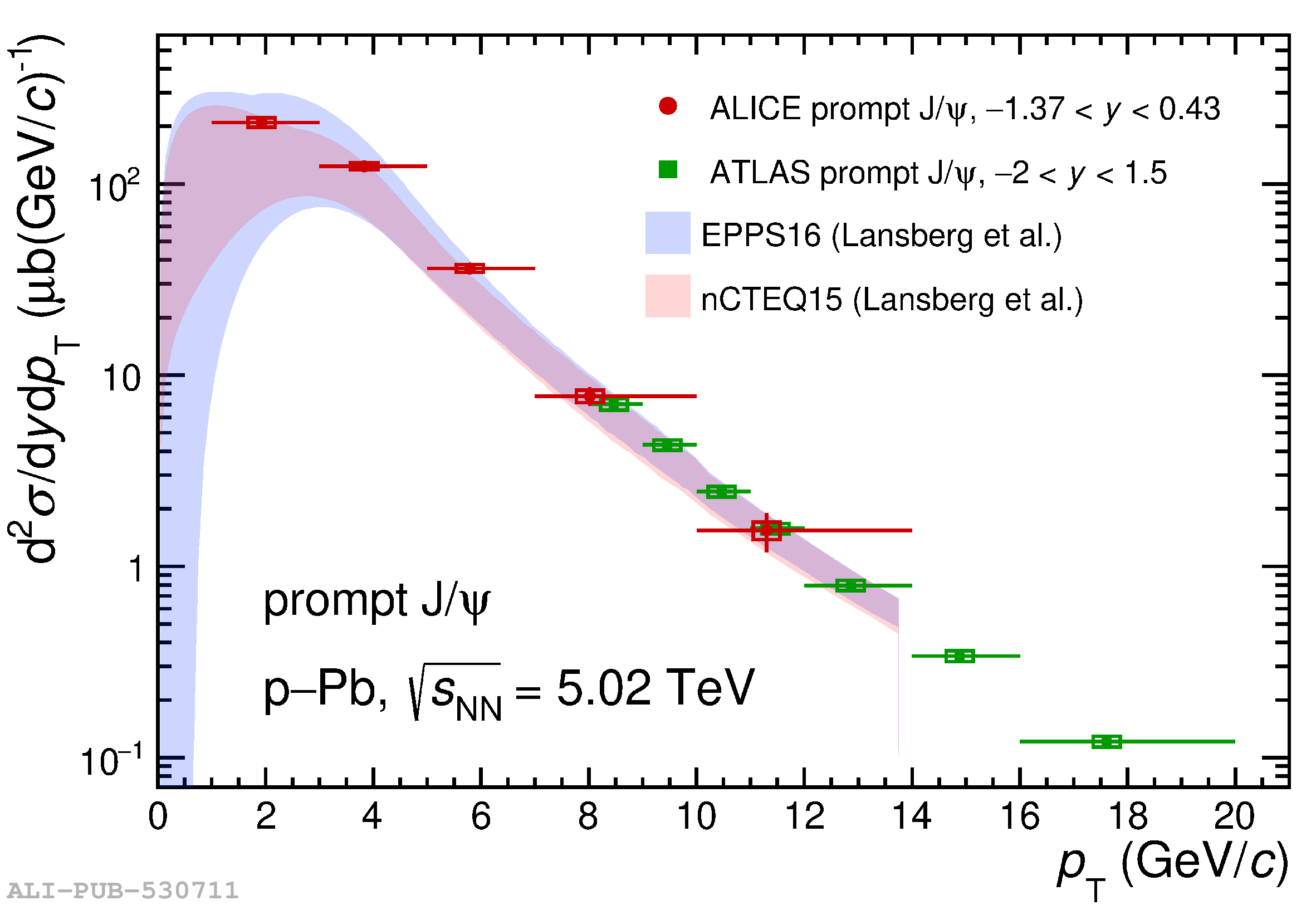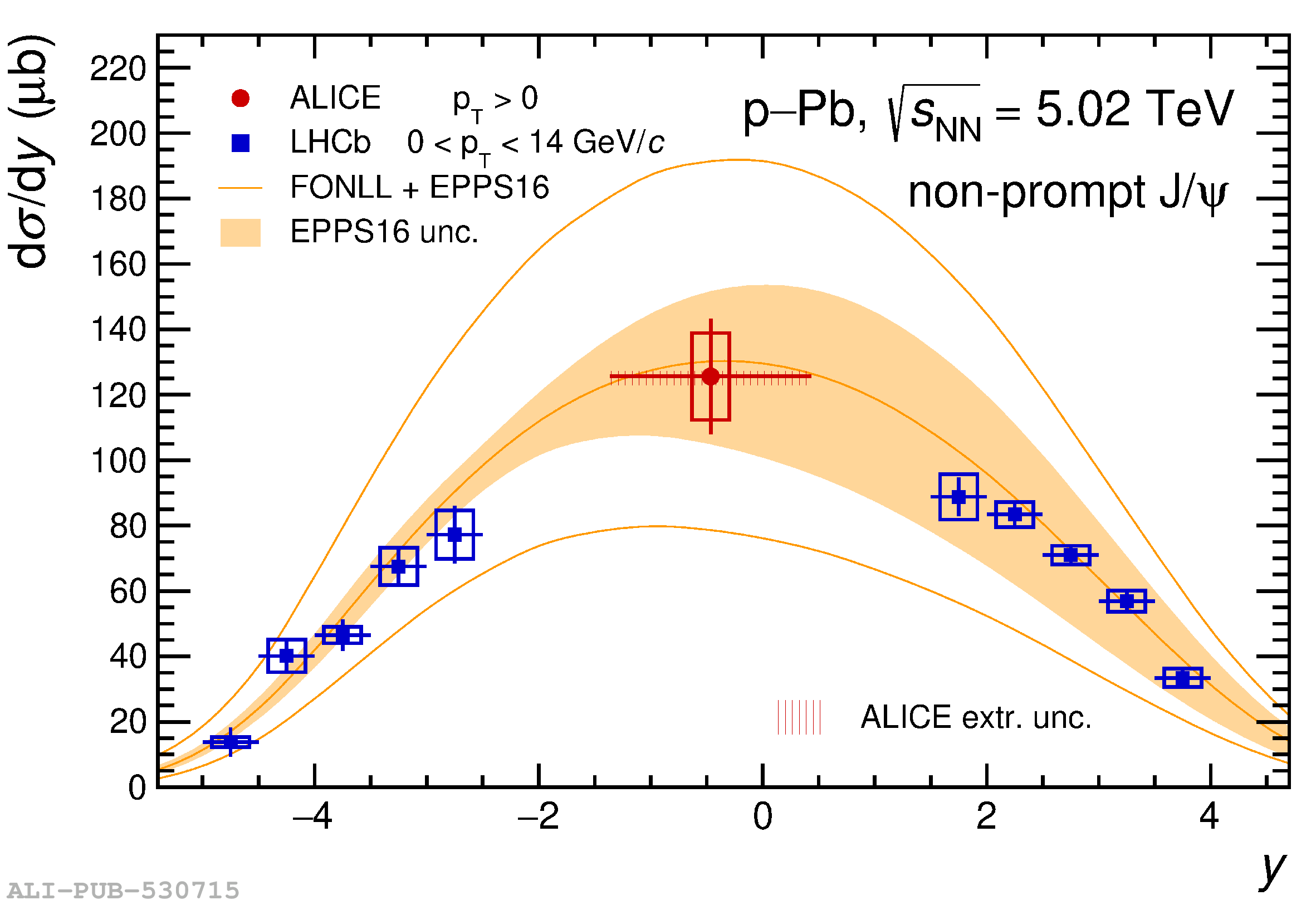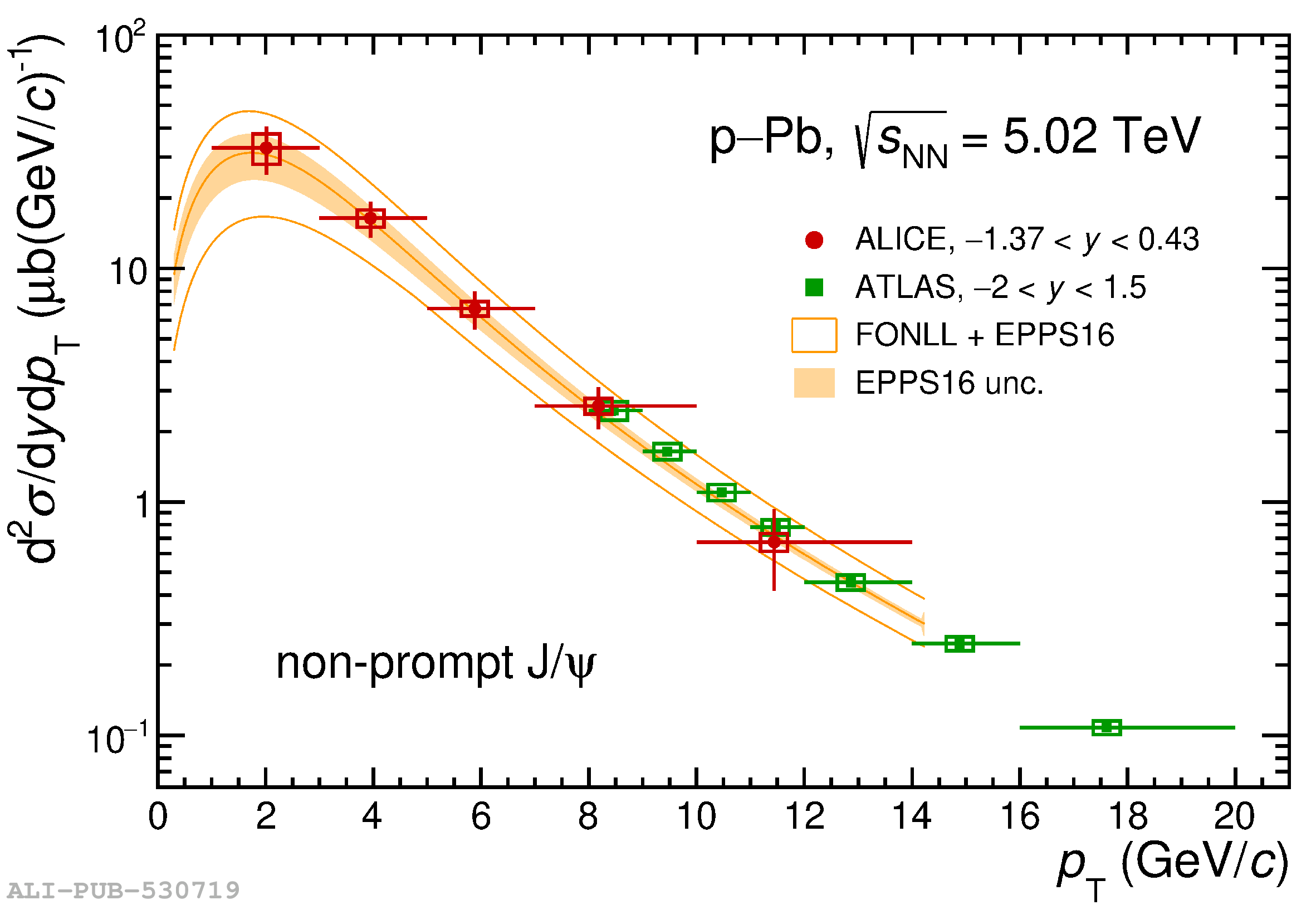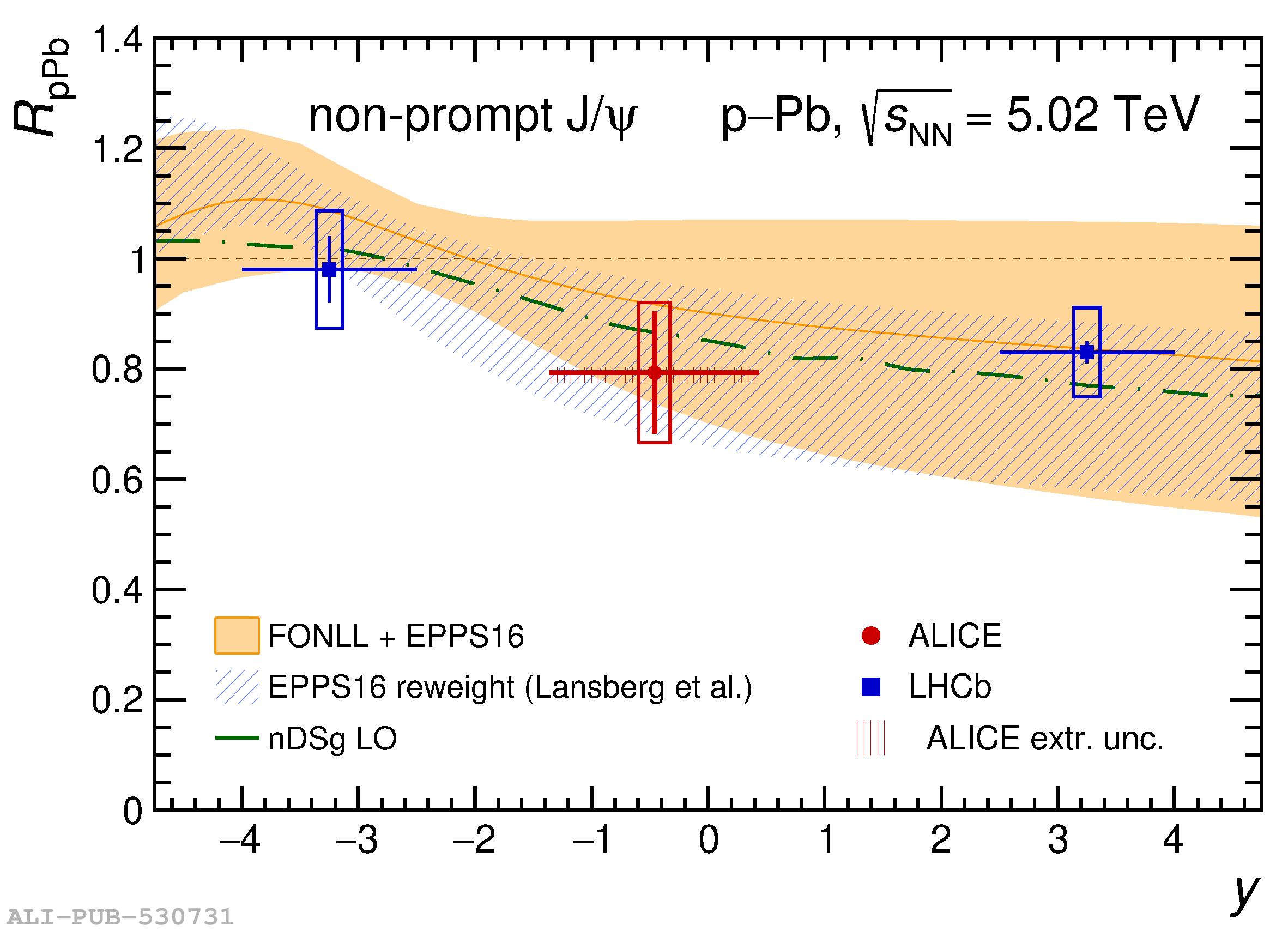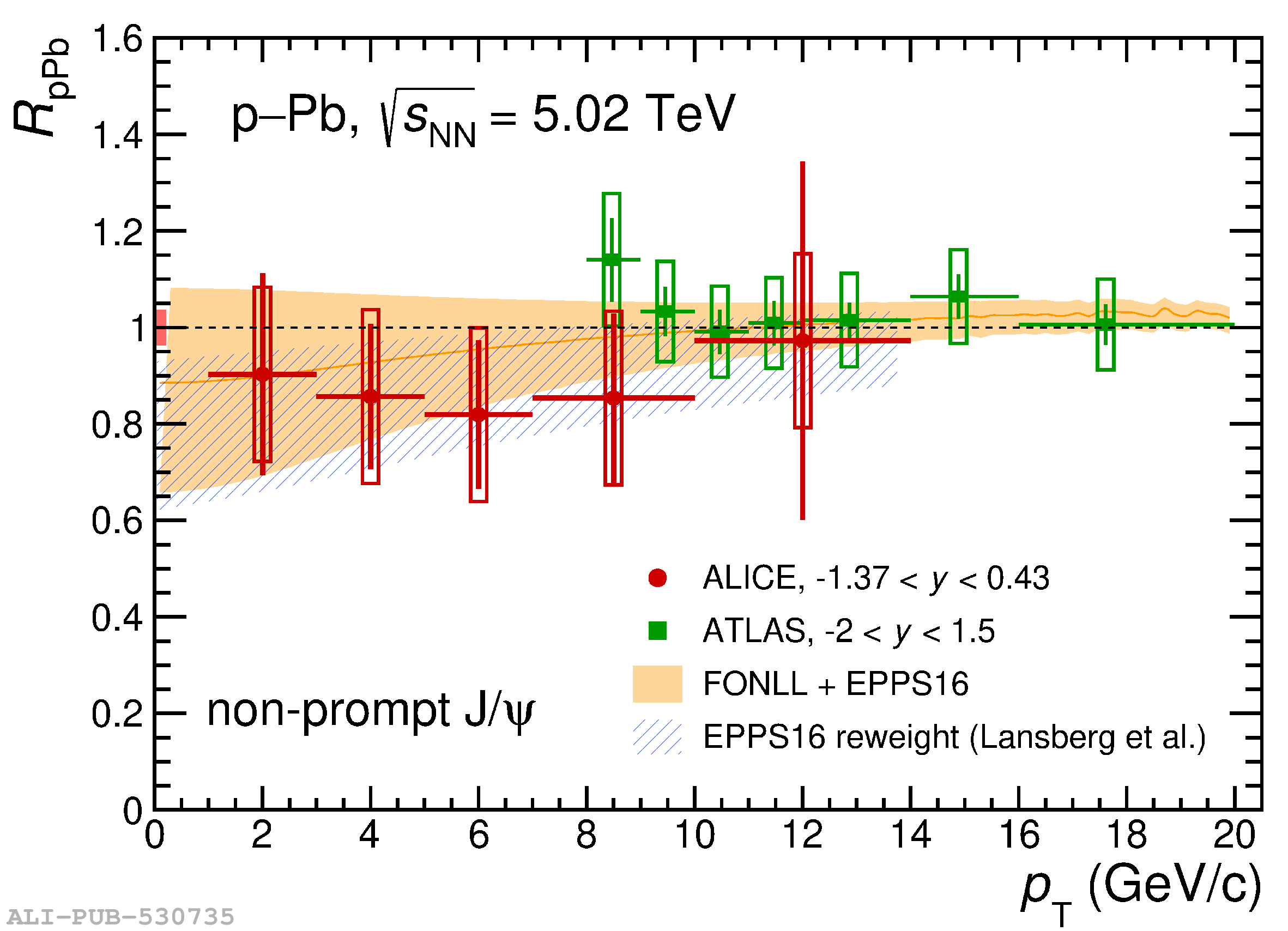A measurement of inclusive, prompt, and non-prompt ${\rm J}/\psi$ production in p$-$Pb collisions at a nucleon$-$nucleon centre-of-mass energy $\sqrt{s_{\mathrm{NN}}} = 5.02$ TeV is presented. The inclusive ${\rm J}/\psi$ mesons are reconstructed in the dielectron decay channel at midrapidity down to a transverse momentum $p_{\rm T} = 0$. The inclusive ${\rm J}/\psi$ nuclear modification factor $R_{\rm pPb}$ is calculated by comparing the new results in p$-$Pb collisions to a recently measured proton$-$proton reference at the same centre-of-mass energy. Non-prompt ${\rm J}/\psi$ mesons, which originate from the decay of beauty hadrons, are separated from promptly produced ${\rm J}/\psi$ on a statistical basis for $p_{\rm T}$ larger than 1.0 GeV/$c$. These results are based on the data sample collected by the ALICE detector during the 2016 LHC p$-$Pb run, corresponding to an integrated luminosity ${\cal L}_{\rm int} = 292 \pm 11 \; {\rm \mu b}^{-1}$, which is six times larger than the previous publications. The total uncertainty on the $p_{\rm T}$-integrated inclusive ${\rm J}/\psi$ and non-prompt ${\rm J}/\psi$ cross section are reduced by a factor 1.7 and 2.2, respectively. The measured cross sections and $R_{\rm pPb}$ are compared with theoretical models that include various combinations of cold nuclear matter effects. From the non-prompt ${\rm J}/\psi$ production cross section, the ${\rm b\overline{b}}$ production cross section at midrapidity, $\mathrm{d}\sigma_{\rm b\overline{b}}/\mathrm{d}y$, and the total cross section extrapolated over full phase space, $\sigma_{\rm b\overline{b}}$, are derived.
JHEP06 (2022) 011
HEP Data
e-Print: arXiv:2105.04957 | PDF | inSPIRE
CERN-EP-2021-077
Figure group



